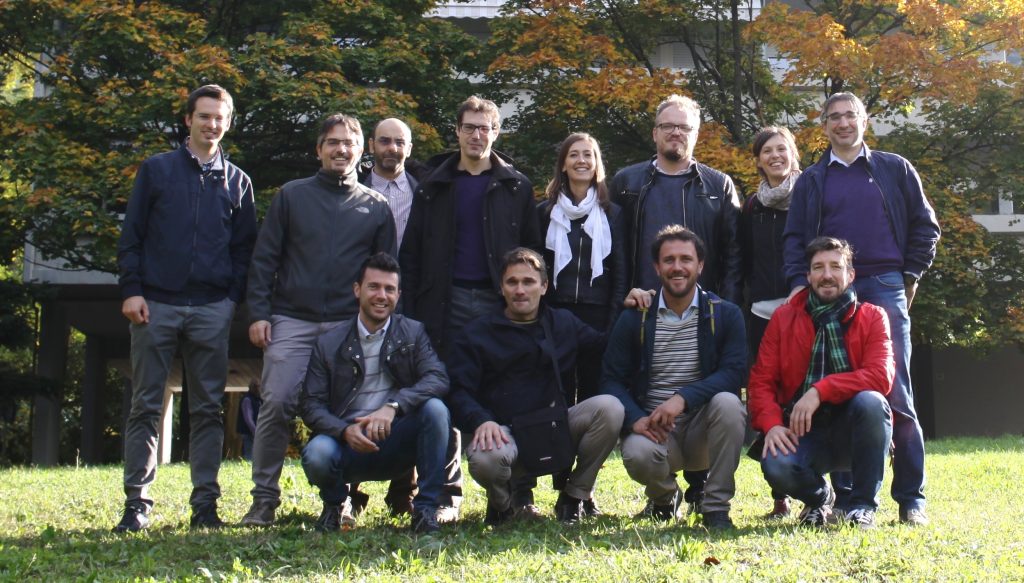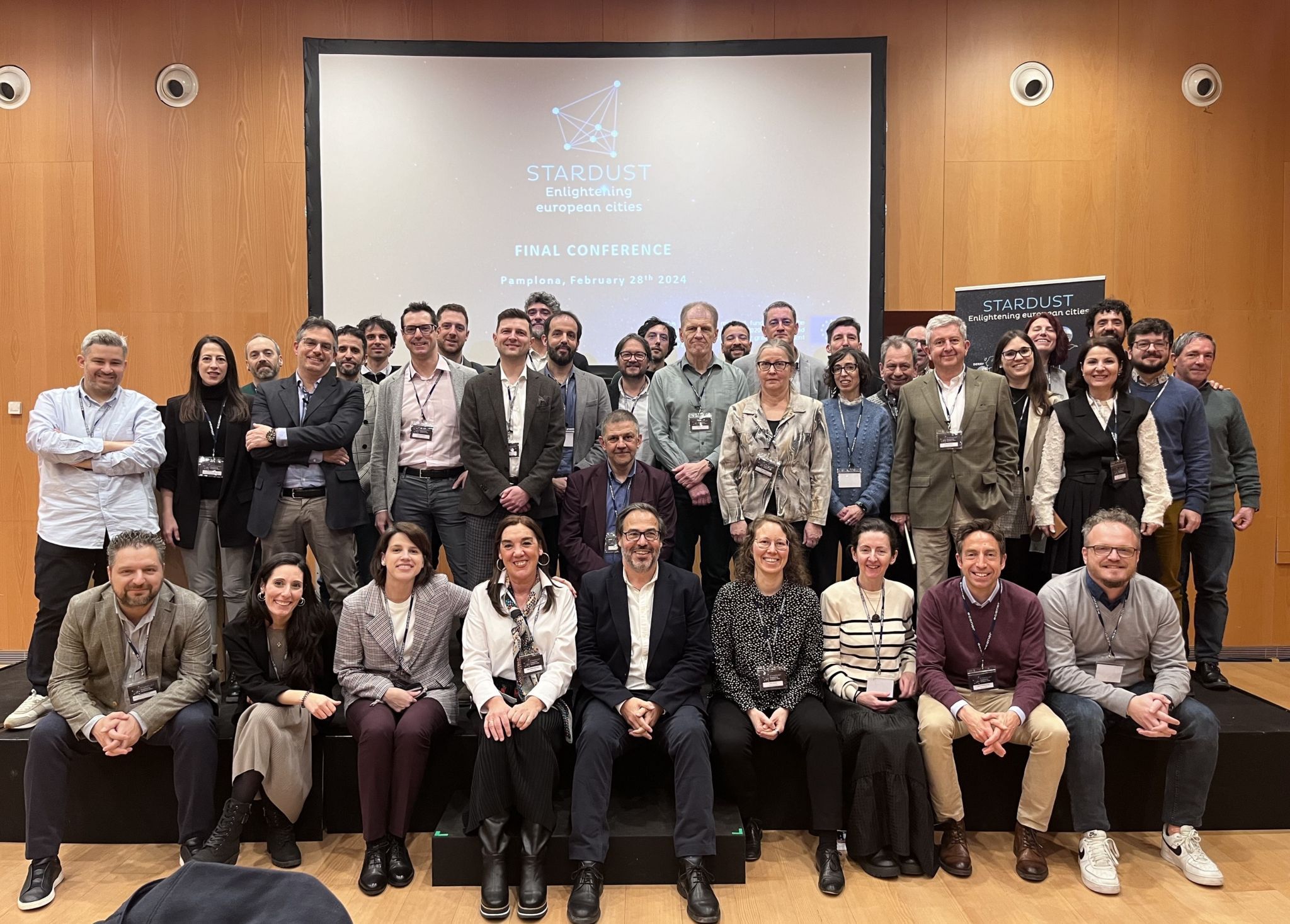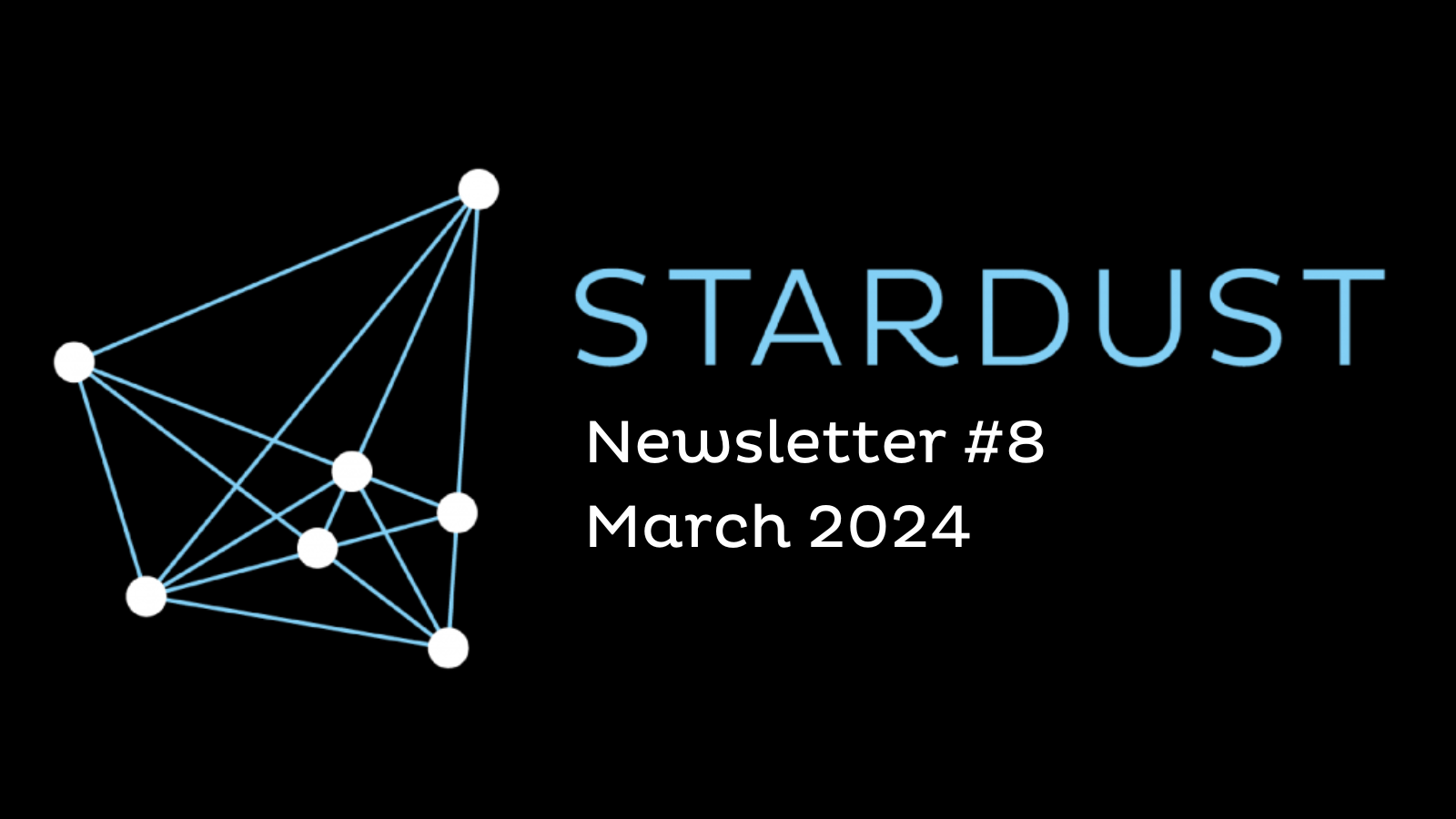Trento is one of the top Italian cities for life quality and since 2014 one of the IEEE Smart Cities. What’s your secret and how have you turned Trento into a smart innovation hub?
Thanks for the compliment, but it’s not a matter of secrets or magic. It’s all about facing our main urban challenges with hard work and the latest technologies available, always with an eye on the environment.
You mentioned the key concept of “urban challenges”. These vary significantly from city to city. What about the Trento case?
In our case, the main challenges are in the areas of mobility and energy. For example, we work to encourage a sustainable mobility and the use of different kind of vehicles such as bikes, buses and cars. The goal is to remove as much traffic as possible in the “Limited Traffic Zone” (LTZ), also regarding the delivery of goods and items. We also want to improve the city cycling paths and public gardens through smart lighting.
Smart lighting is also related to energy, the other challenge you mentioned.
That’s correct! Indeed, energy is one of our major concerns and this is why we are implementing new solutions to tackle its high consumption level, especially in residential buildings and social housing.
Can you say a few words on how Trento is doing that?
One of our major interventions is the refurbishment of the three towers in the “Madonna Bianca” social housing district, consisting of 164 apartments for a total amount of 15,000 square meters. The intervention is carried out as part of the European project STARDUST, an initiative aiming to turn Trento and a number of other cities in Europe into smart and sustainable innovation hubs. New retrofitting techniques are being used, such as the realization of building-integrated photovoltaic systems, a heat pump based on geothermal probes, a plug&play façade and an advanced system for monitoring consumption. The interventions require over 10 million euros of investment and aim to reduce the total energy needs of the buildings by 50%, as well as providing better indoor living conditions and architectural renovation.
Let’s go back to the mobility challenge, as it has a direct impact on all people living in Trento. How has the city strategy evolved in the past years?
Probably our strategy change can be summarised with the transition from the “Urban Traffic Plan” we had in the past, that considered cars as the main actors of Trento mobility, to the current “Urban Mobility Plan”, which was developed in 2010 and considers cars as “co-actors” in a framework of different kinds of vehicles citizen can choose from. The Urban Mobility Plan does not undervalue the need for moving, but it combines it with environmental protection and higher urban habitability.
Can you make some examples?
Sure! People in Trento can rely on a modern and fast public transport network and on new cycle and pedestrian paths. As for bicycles, in particular, the Municipality is working on the “Urban Mobility Plan for Sustainable Mobility”, which should be published in the second semester of 2020. The document will include a section related to the BiciPlan and one on the Masterplan on mobility, focusing on the realisation of a new public transport system.
And the mobility plan will be integrated with a set of ICT tools, right?
Yes, as such tools will greatly increase the effectiveness of our interventions. Currently, we are working on the installation of IoT sensors for measuring the occupancy of parking slots intended for people with disabilities or for loading and unloading of goods, which are widespread around the city centre, just outside the LTZ. This kind of information will be displayed on a dashboard developed within STARDUST by partners Fondazione Bruno Kessler and Dedagroup, which will show statistics and real-time information related to these sensors and other data, such as traffic lights, parking occupancy in the main public garages and number of passages on cycling routes and roads.
You mentioned goods and their distribution in the city. This is the target of the “last mile logistics hub” you are developing, an innovative method for good distribution in the center of Trento.
Yes, with the goal to decrease CO2 emissions and traffic congestions. To this aim, the service will be equipped with electric vehicles and the adequate charging infrastructure. It will serve not only the low emission zone in the historical center of the city, but also the areas in the immediate vicinity. Moreover, sustainable business models in this direction are being developed by STARDUST partner Eurac Research, in collaboration with the city of Trento.
We discussed many interventions, but the Smart City that Trento is becoming can’t forget about the most relevant of all factors: its population. The needs, opinions and doubts of its citizens should be addressed in all the different segments and phases of the project.
We totally agree! For example, regarding mobility, to have a picture of the LTZ logistics, the Municipality of Trento and Trentino Mobilità collected around 100 surveys from shops, bars and supermarkets. The data has been elaborated and used for our last mile logistics study. Another example is the refurbishment of Madonna Bianca: meetings with residents have been and will be organised to explain the goals and steps of the future activities. In particular, when the refurbishment will be completed, the residents will be invited and involved into regular meetings to better understand the role of the ICT monitoring tools we will provide, so that they will be able to express their feedback and discuss their opinions about the project.
And of course we cannot forget outreach events such as the European Researchers’ Night and the Trento Smart City Week
Absolutely, two excellent opportunities for the population to learn about the interventions via direct interaction with researchers. Finally, an economic discovery process will be launched as part of the urban living labs, which are initiatives for collaboration between local governments, citizens, researchers and firms to design and test innovative solutions embracing sustainability challenges in the city. This will help define future entrepreneurial opportunities related to smart city activities and how the city can contribute based on research and development needs.
Cover picture: Diego Viesi (Fondazione Bruno Kessler, FBK), Daniele Vettorato (Eurac), Ivano Gobbi (Istituto Trentino per l’Edilizia Abitativa S.p.A., ITEA), Adriano Bisello (Eurac), Chiara Pellegrini (FBK), Alex Tomasi (Comune di Trento), Benedetta Massignan (Distretto Tecnologico Trentino), Giacomo Fioroni (Comune di Trento), Michele Floretta (ITEA), Adriano Tarolli (ITEA), Martino Gubert (Eurac) and Gabriele Zacco (FBK)


